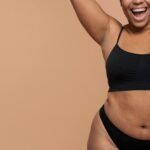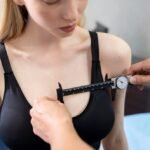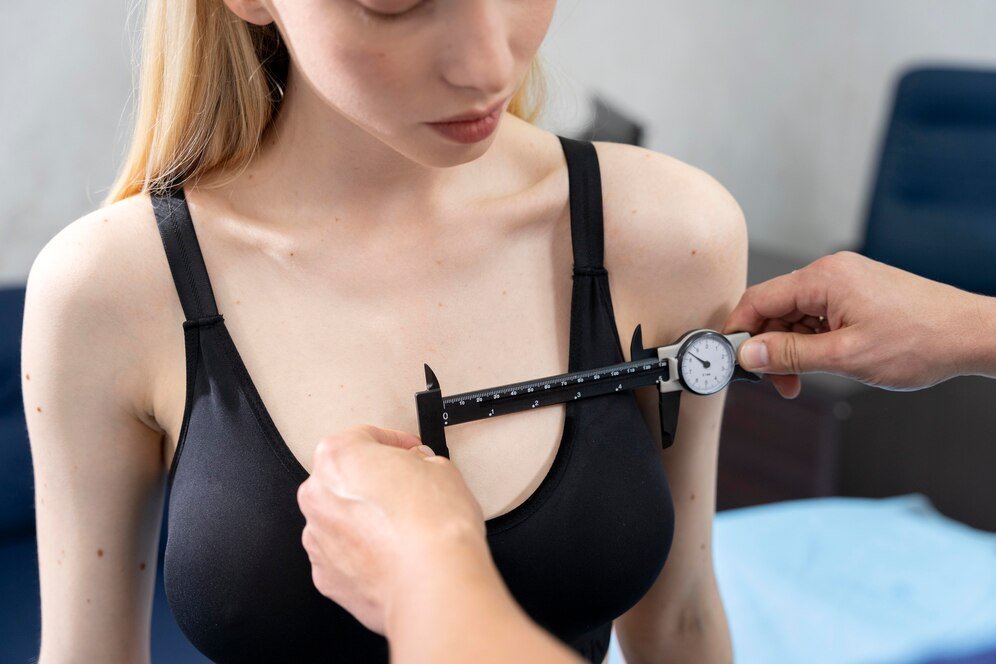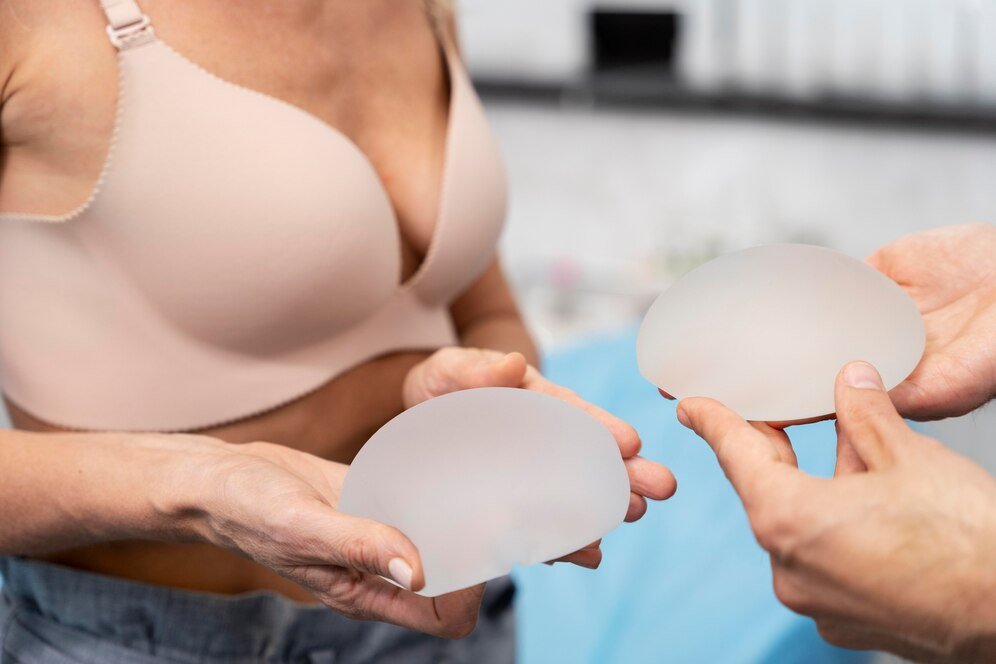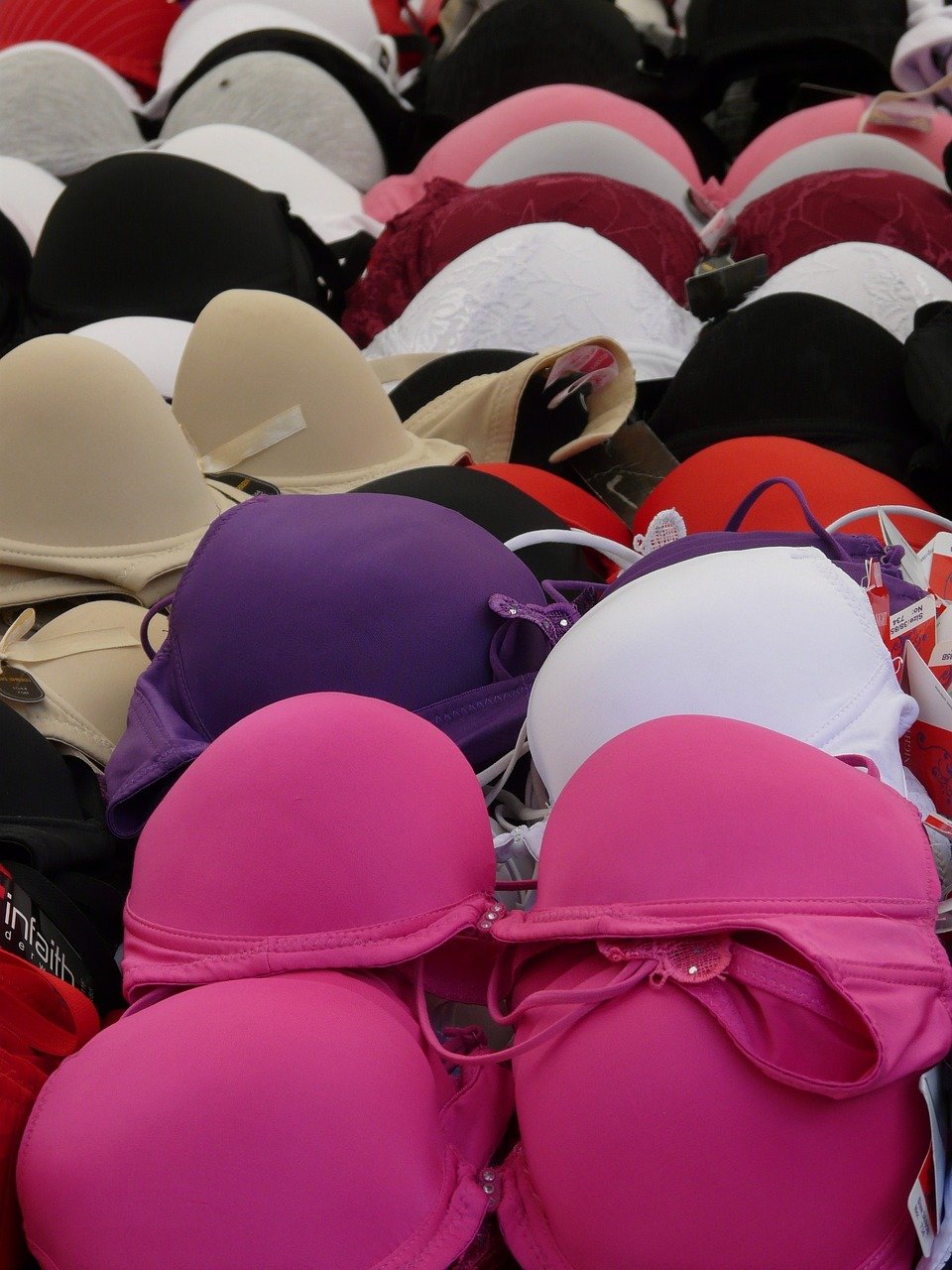Choosing the right breast implants is a crucial decision in the breast augmentation process. The type, size, and shape of implants you select will have a significant impact on your final results. Here’s a guide to help you make an informed decision.
1. Types of Implants
Saline Implants:
- Filled with: Sterile salt water.
- Advantages:
- Smaller incisions as they are filled after placement.
- Easily adjustable during surgery.
- If ruptured, the saline is harmlessly absorbed by the body.
- Considerations: May feel firmer and have a higher likelihood of rippling.
Silicone Gel Implants:
- Filled with: A cohesive silicone gel that mimics natural breast tissue.
- Advantages:
- Offers a more natural feel and appearance.
- Less likely to ripple compared to saline.
- Considerations: Requires a slightly larger incision. If ruptured, the silicone may remain in place, which could require an MRI to detect.
Gummy Bear Implants:
- Filled with: A highly cohesive silicone gel that maintains its shape even if the shell breaks.
- Advantages:
- Firm and stable shape.
- Less likely to rupture or leak.
- Considerations: Can feel firmer and are usually more expensive.
2. Size of Implants
Choosing the right size involves balancing your aesthetic goals with your body’s natural proportions.
- Volume: Implant size is measured in cubic centimeters (cc), ranging from around 100cc to 800cc or more. The larger the cc, the bigger the implant.
- Consider Body Proportions: Your chest width, body frame, and existing breast tissue play a role in determining the ideal size.
- Test Sizes: During a consultation, you may try on sizers or use imaging software to visualize different sizes.
Things to Consider:
- Larger implants can give a more dramatic look but may carry a higher risk of complications like stretching of the skin or implant displacement.
- Smaller implants offer a more subtle enhancement and may be more in line with natural aesthetics.
3. Shape of Implants
Round Implants:
- Shape: Uniformly round, which can create fuller upper breasts.
- Advantages:
- Provides significant lift and fullness.
- If the implant rotates, it doesn’t affect the breast shape.
- Considerations: May look less natural in some body types, especially in those with less breast tissue.
Teardrop (Anatomical) Implants:
- Shape: Sloped, fuller at the bottom, mimicking the natural breast shape.
- Advantages:
- More natural appearance, especially in women with less natural breast tissue.
- Ideal for those seeking a subtle, natural enhancement.
- Considerations: If the implant rotates, it may cause an unnatural breast shape, requiring surgical correction.
4. Implant Profile
The profile refers to how far the implant projects from the chest wall when you are standing.
Low Profile:
- Projection: Minimal projection, broader base.
- Best for: Those with a wider chest or seeking a subtle enhancement.
Moderate Profile:
- Projection: Balanced projection and width.
- Best for: Most body types seeking natural-looking enhancement.
High Profile:
- Projection: Greater projection with a narrower base.
- Best for: Those with a narrower chest or seeking a more dramatic look.
5. Surface Texture
Smooth Implants:
- Surface: Smooth, soft outer shell.
- Advantages:
- Feels softer and may move more naturally within the breast pocket.
- Lower risk of rippling.
- Considerations: May have a higher risk of capsular contracture in some cases.
Textured Implants:
- Surface: Rough, textured outer shell.
- Advantages:
- Designed to adhere to the surrounding tissue, reducing movement and rotation.
- Lower risk of capsular contracture.
- Considerations: May feel firmer, and there have been concerns about a rare type of lymphoma associated with textured implants.
6. Your Personal Goals and Lifestyle
When choosing implants, it’s important to consider:
- Aesthetic Goals: Are you looking for a natural enhancement or a more dramatic change?
- Lifestyle Considerations: Consider your activity level—larger implants may impact high-impact activities like running.
- Long-Term Goals: Consider how the implants will fit with your body as you age.
7. Consultation with a Surgeon
The most critical step in choosing breast implants is a thorough consultation with a qualified plastic surgeon. During this consultation:
- Discuss Your Goals: Be open about the look you want to achieve.
- Physical Evaluation: The surgeon will assess your body type, breast tissue, and chest width.
- Implant Options: The surgeon will recommend implant types, sizes, and profiles that align with your goals and anatomy.
- Try on Sizers: Use sizers or 3D imaging tools to get a sense of how different implants will look on your body.
Choosing the right breast implants involves considering various factors, including implant type, size, shape, and your personal aesthetic goals. Working closely with a skilled plastic surgeon is essential to making an informed decision that will help you achieve the look you desire while maintaining your health and well-being.

